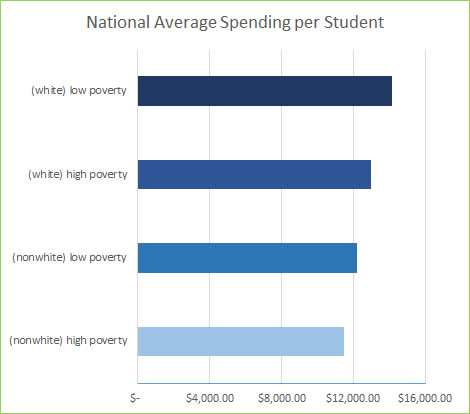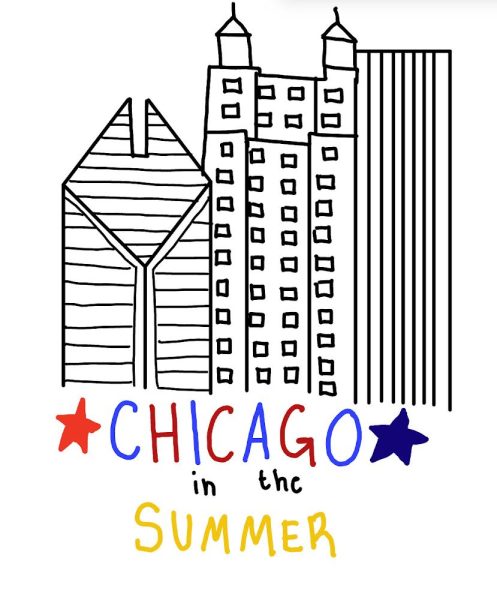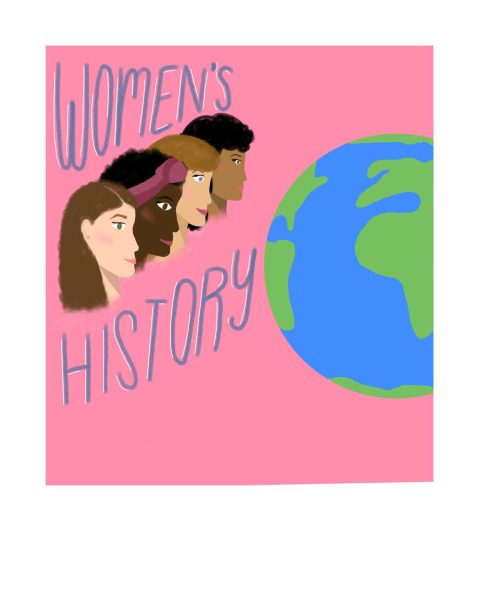Racial Spending Gap in US Public Schools Reaches 23 Billion

America is predicated upon the idea of equality of opportunity. This means that everyone should have a chance to succeed in life, regardless of the status of their birth.
Unfortunately, the US Public School System is failing to ensure this equal opportunity, especially for the poor and minorities. These students often receive an inadequate education, which can dramatically change their life. It makes it harder for them to stay off the streets, access higher education, and secure a good job in the future.
The problem with the educational system starts with the money. Much of the funding for public schools comes from local property taxes. In wealthier towns and cities, where property taxes are higher, there is an abundance of tax dollars to fund local schools.
However, in poorer neighborhoods, lower property taxes mean that schools are not receiving the funding necessary to spend a sufficient amount of money on every student. Although state governments often step in to subsidize funding for these districts, it’s rarely enough.
This spending gap can be seen in the Chicago area, where the Bannockburn School District spends nearly three times as much money per student than the Lemont-Bromberek District, despite the two being only forty miles apart. Spending gaps like this one leave students in poor neighborhoods, which are predominantly populated by minorities, at a severe disadvantage.
Another example of the divide in education quality between poor and rich neighborhoods can be seen in Pinellas County, Florida. Pinellas County has a dual education system, meaning that the south side of the town, where property taxes are lower, has education far inferior to the north side. In fact, the south side, which is comprised of largely African-American students, is home to five of the top fifteen worst schools in the state.
Spending disparities like the ones seen in Pinellas County and the Chicago area exist across the country. On the macro level, these individual inequities sum to a national spending gap of $23 billion between white and nonwhite students. This unequal funding affects around ten million students in whole.
A main way in which low funding impacts the quality of education is in the resources available to students. Recent studies in Alabama, New Jersey, New York, Louisiana, and Texas found that students of color generally have significantly fewer resources than white students. These resources include qualified teachers, a quality curriculum, access to technology, and after school programs or extra help.
As a result, there is a substantial gap between the test scores of minority students and white students. Lesser funding and resources also makes it harder for minority students to attend and succeed in higher education.
Some state governments have stepped in to address the spending gap. North Carolina provided two-thirds of the funding for its public schools in 2013. This meant some low-income schools got more than $5 million in assistance, offsetting a portion of the disparity in property taxes.
The stark funding gap between schools in poor, minority neighborhoods and those in wealthier, white neighborhoods means US public schools are failing millions of students. These students have a tough time escaping the poverty of their neighborhoods, and as a result, often send their children to the same failing schools they attended.
This cycle of inferior education has violated the cherished American principles of equality and opportunity, making the racial spending gap in US public schools one of the largest problems facing America today.




